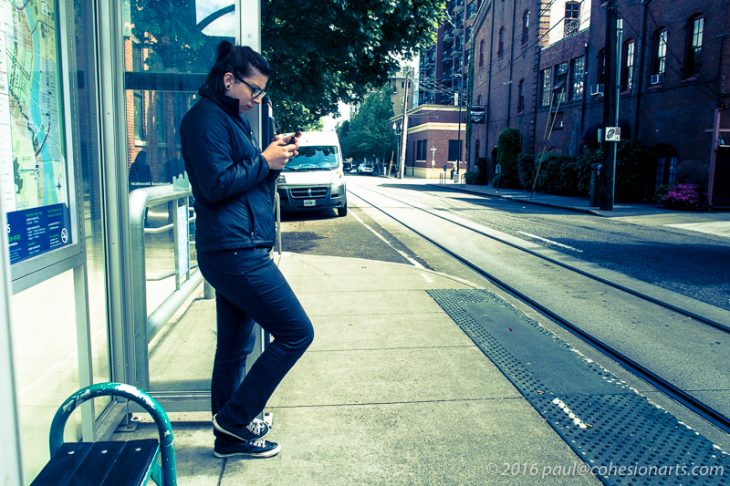 This is strictly for the benefit of the few dozen people who actual subscribe to this blog/site.
This is strictly for the benefit of the few dozen people who actual subscribe to this blog/site.
You may have noticed starting last month that you now receive notifications from an email service called MailChimp whenever I’ve posted something new to this site. That was a conversion from the Feedburner RSS feed I’d been using previously. I probably committed some kind of ethical transgression by subscribing you all to a mailing list without your explicit permission, but I figured you were subscribed already; I was just changing the means of distribution so didn’t think that would require another opt-in.
I hope that’s OK, and if not, the “unsubscribe” link should be pretty easy to find at the bottom of the emails. Conversely, if you’ve serendipitously found your way here by some other means and might want to follow along, use the signup form on the home page.
Since I made the switch to MailChimp, I have been making a fairly concerted effort to gather some thoughts and post some observations to this space about once a week. I hope to continue doing that for the foreseeable future.
I have been keeping a fairly consistent journal for the past year or so. To the extent that it’s a habit now, it started when Ann and I were in Scotland together in October 2012. It might have had something to do with the time difference between Tennessee and Scotland, or maybe it was the changes in latitude… Whatever it was, I started waking up before the sun rose and typing notes and observations – and the occasional complete sentence – into my laptop.
Before that, prior efforts at keeping a journal were done mostly longhand. I thought I was doing something pure and simple writing with pen on paper. When I started doing it on a computer instead, I discovered that I could much more readily keep up with my own thoughts.
And every once in a while whole thoughts emerge, as they started to do with some regularity over the past couple of months, starting with Dystopia Now back in mid-November. I’ve adopted a model of sorts – about 800-1200 words, or 2-3 pages of typed text in a Pages document. That’s about how many words you’ll find in your typical newspaper op-ed column. It’s also – hopefully – a quantity that doesn’t unnecessarily tax our digitally-fragmented attention spans.
So I sit down several times a week and just start to type, and after I’ve been at it for a while, I start to get a grip on the lightning flashes that light up my brain during a typical day. If I stay with it a little longer I will often arrive at what a writing coach I studied with back in the 90s called “the transformation line” — when suddenly out of all the errant thoughts and jibberish an actual point begins to emerge.
That’s when what Flannery O’Connor says in the quotation above becomes operative. I write to figure out what I’m thinking.
I’d like to think that somewhere amid all these snapping synapses there is the occasional unique and original observation. I am quite certain that we are at a pivotal point in human evolution. We are in the midst of a massive transition that is dictated by new technologies, and I don’t think we’ve really got a firm grasp on what these new technologies portend. And I think about that a lot.
This new environment does not come with an operating manual – and even if it did, I doubt very many people would actually RTFM. In the absence of a comprehensible overview, we tend to think of new things in old ways, wrap new technologies in old terminology, and try to do old things with new tools. Until suddenly the lights go on – and we find ourselves in a cage of our own making.
It is probably a stretch to think that I have anything useful to add to the copious – and at times quite strident – dialog that is emblematic of this new environment. I don’t really know if I’m adding any meaningful signal that might rise above the noise – but I’m going to try.
I’m doing it anyway, so I may as try to be coherent about it, right?
That’s why I’ve been posting these occasional missives, and why I hope to continue doing so with some degree of regularity in the new year ahead.
I seem to be thinking something, and by writing, I have a better chance of figuring out what exactly that is.
And with some degree of diligence and consistency, maybe I can shed some actual light – and unlock the cage before we lose the key.
– – – – – –
I posted the Flannery O’Connor quote to my Facebook page last night, I’m getting more comments and “Like”s there than I am here – but apparently the notion does resonate with others.
Also, a nod to Jeff Goins, who first posted the Flannery O’Connor quote on his blog.


